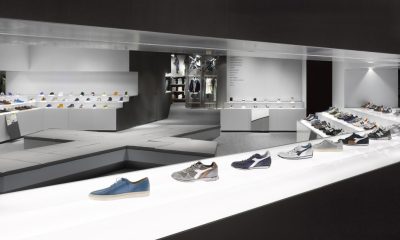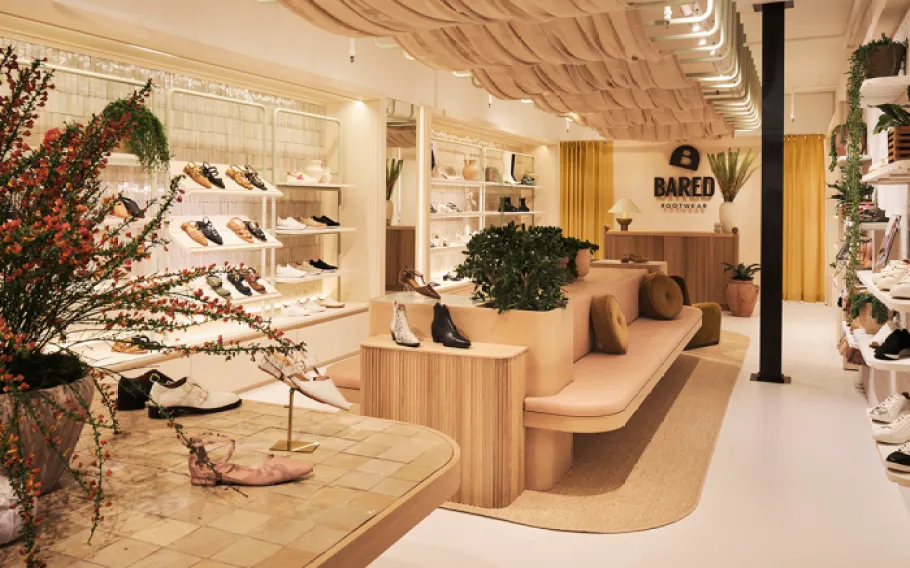The bazaar, the souk, the forum: Wherever it emerges and whatever it’s called, the market is the center of society. It’s the wellspring of civilization and culture. When the invention of agriculture brought the need for trade, towns grew around the central gathering places where people could exchange not only goods, but ideas and inspiration. The market has always been where people connect.
The impulse to socialize at the market lives on — witness the late 20th century phenomenon of “hanging out at the mall,” or the 21st century rise of farmers markets and pop-up shops in the most densely urbanized settings. But as commerce has become more diversified and specialized, the social function of the market has largely retreated behind shelves of products promising unlimited choice and simple convenience.
Now, internet shopping has taken the choice-and-convenience model beyond physical limits. And social media allows people to share their likes with no need to be personally present in the store or even with one another. To succeed, brick-and-mortar retailers must embrace these new realities. They need to reach out online, yes. But they also need to renew the true spirit of the physical marketplace: Not just unlimited choice, but compelling, curated choices. Not just convenient social interactions, but deeply shared experiences.
Advertisement
So what can retailers do to bring back the social vibrancy that gets shoppers out of their private spaces to mingle and buy in the public square?
Remember that for thousands of years the most powerful social experiences have happened where people gather. Whether it’s a street fair or soccer game, a church or a coffee shop, people will always crave company. And what could provide a more engaging and social experience than shopping together? A show-stopping display, the big reveal as a friend emerges from the dressing room, an immersive installation — these occasions beg to be shared. The most compelling social media experiences begin with in-person social interactions.
Retailers don’t have to cede the social space to digital technology. In fact, they can be creatively applying technology while reclaiming the social role that, over the past half century, has been largely been sacrificed to choice and convenience. Today, people can sort through endless selections, colors, sizes and price points online. What they can’t do there is experience true community, troll-free and unmediated by character limits or 5-inch screens.
Advertisement
Physical retail can return to the true source of its strength by providing what’s worked for millennia — the space and structure to foster compelling social experiences. Instead of competing against digital social technology, retailers can put it to work to make in-real-life connections even more compelling — transforming retail into the ultimate social platform.
Look at what’s possible in the realm of sportswear and equipment merchandising, for example. Sports, for many, are as much about socializing as competing and staying fit. But traditional sports marketing often overlooks that social element.
Case in point. In recent years, Nike has done an incredible job communicating prestige and breadth across a wide variety of brands that encourage buyers to express their individual style. But with its Brand Jordan division, Nike also wanted to reclaim its appeal to performance-oriented athletes — especially younger athletes who didn’t grow up under the Michael Jordan mystique that drove the brand’s earlier growth. As it turned out, the key to understanding the young competitive athlete was understanding the social component of competition.
Advertisement
IDL created a campaign meant to get young basketball players into Jordans and provide a way for them to actively compare their performance wearing the new shoes. We turned to the model of the food truck, a mini-retail environment that comes to your neighborhood, offers a variety of choices, and lets you enjoy your selection on the spot.
An actual food truck was completely refabricated into a rolling shoe store, finished in stealth black and branded with the Jordan “Jumpman” logo. The #riseabovetruck brought retro basketball culture directly to a new generation of players in several urban neighborhoods across the U.S.
But while the styling of the truck and Jordan shoes provided the hook to attract attention, the real star was technology at the vanguard. The truck featured a digital vertical-leap machine that allowed participants to try on a new pair of high-performance shoes, prove for themselves the difference the shoes make, and track their results against other athletes locally and nationwide.
Or at least we thought technology would be the star. It turned out to be the community.
“Jordan Jump Truck” events evolved into full-blown block parties. Retailers offered sponsorships and brought shoes to sell. Neighbors rolled out their barbecue grills and music systems. News crews showed up to cover the festivities. Social media shares took off. And the overwhelming response was, “No one has ever come into our community and engaged us in a shared experience like this before.” It became more than a transaction, more that an experience — it became a moment. It became something worth sharing in a meaningful way. 1
What are some other ways to make retail more social?
Why not eliminate the need to paw through every available size and color, instead providing space to experience the coolest product features within a meaningful context? That’s what IDL did in designing fixtures for The North Face’s Summit Series. With a few, select products on display, storytelling became more important than sheer selection. And social interactions came to the fore as consumers turned to sales associates to ask about specific features, colors and sizes. 2
Why not transform the sales floor into a community-gathering place? Brands like Lucy and Lululemon are moving products aside to host yoga nights, building a community of people who will feel right at home when they shop there for workout apparel.
Why not make vulnerability a strength — for example by providing a way for consumers to rate and review products in-store, just as they’re accustomed to doing online? Why not create ways for shoppers to share their stories while they shop, bringing a viral energy to tactile experiences?
It’s time to think deeper than “omnichannel” marketing — the literal translation of the physical brand into social, media and other avenues. It’s time to revive the power of moving moments at the market, creating space, vitality and surprise for authentic interaction. Because social connection is the true coin of commerce.
1. IDL Worldwide (Jump Truck): http://idlww.com/Portfolio/Grassroots-Marketing
2. IDL Worldwide (North Face Moving Mountains): http://idlww.com/Portfolio/Retail-Fixture
Alexis Vera, IDL Worldwide’s Executive Creative Director, earned his degree in Industrial Design from Pratt Institute in Brooklyn, New York. Leveraging his extensive background in retail/brand strategy, experience design, retail fixturing, interactive retail solutions, and environmental graphics, he leads a multi-disciplinary team of over 40 designers across multiple studios for IDL. Alex has helped to land some of the most significant projects in the company’s history, leading the creative process for the largest and most respected consumer electronics, footwear, apparel and beverage brands in the world. http://www.idlww.com

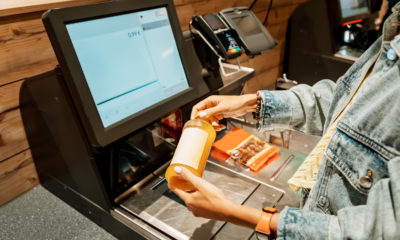
 Headlines3 days ago
Headlines3 days ago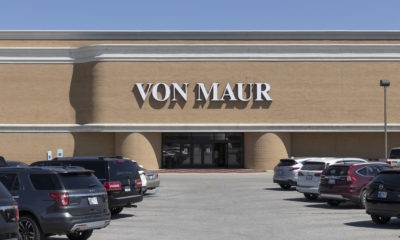
 Headlines1 week ago
Headlines1 week ago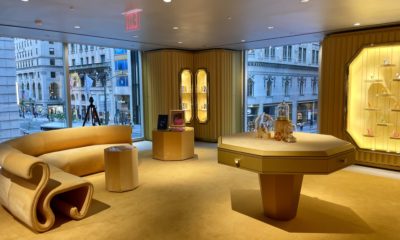
 Eric Feigenbaum2 weeks ago
Eric Feigenbaum2 weeks ago
 Headlines2 weeks ago
Headlines2 weeks ago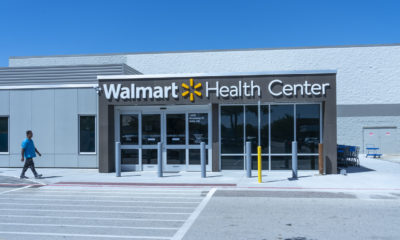
 Headlines2 weeks ago
Headlines2 weeks ago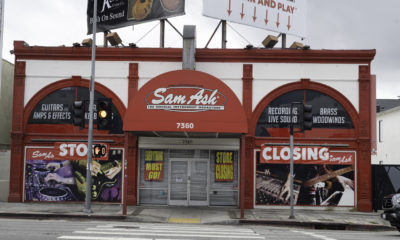
 Headlines5 days ago
Headlines5 days ago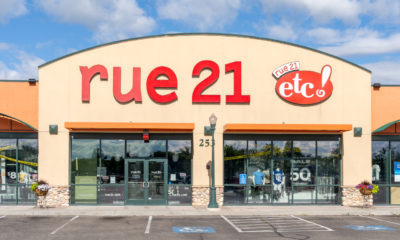
 Headlines1 week ago
Headlines1 week ago






